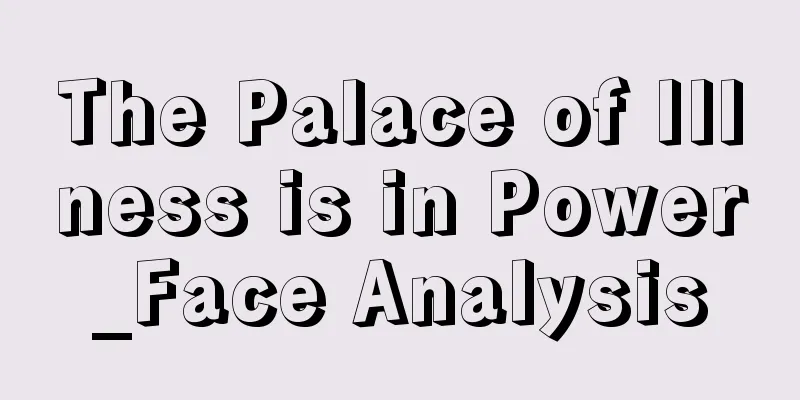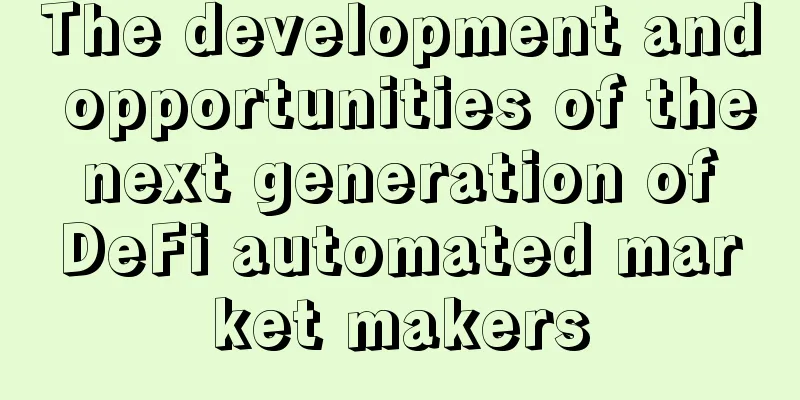Scientific research paper shows: Blockchain technology can improve transparency and credibility of medical science

|
A blockchain timestamping protocol could improve the credibility of medical science, according to a recently published peer-reviewed paper. The paper's authors, Greg Irvine and Dr. John Holden , used a low-cost, independently verifiable blockchain approach to provide a proof-of-concept study that could be easily used to audit and verify scientific research.
A large amount of information is generated during clinical trials, much of which is used by regulators during the drug licensing evaluation process. In the UK, the Science and Technology Committee exists to ensure that government policies and decisions are based on good scientific advice and evidence. A 2013 report by the Committee on Science and Technology states that clinical trials are the experimental basis on which modern medicine is built. Irvine and Holden cite:
The focus of the committee's investigation report is the transparency of clinical trials.
Participants in the survey broadly supported greater trial transparency, noting that it could have a number of benefits, such as enforcing basic ethical standards, improving patient outcomes and strengthening scientific knowledge. It was generally agreed that greater transparency of trial data would lead to greater public trust in medical research. Dr Margaret McCartney , a GP and medical writer, told the committee that in the past a lack of transparency meant she might not have confidence that "patients participating in clinical trials would not be harmed". INVOLVE, the national advisory group on public participation in research, believes there needs to be "greater openness and transparency" in the publication and accessibility of research results if the public is to trust and have confidence in clinical trials. However, the problem is not limited to the UK, nor is it a recent one. At the Ministerial Summit on Health Research in 2004, participants called on the World Health Organization to promote the establishment of an “international network of clinical trial registries to ensure a single point of access and clear identification of trials”. The proposal was further expanded at the 58th World Health Assembly in 2005, calling on the global scientific community, international partners, the private sector, civil society and other stakeholders to establish a volunteer platform connecting clinical trial registries to ensure a single point of access and clear identification of trials, thereby improving access to clinical information for patients, families, patient groups and others. In 2006, the International Clinical Trials Registry Platform (ICTRP) was established. This global project aims to make all human clinical trial information publicly available. Six years later, the World Health Organization released international standards for clinical trial registries. The mission of the WHO International Clinical Trials Registry Platform is to ensure that all those involved in medical decision-making have access to a complete view of research.
Despite the creation of numerous trial registries, Irving and Holden state in their paper:
Rebecca Lawrence, Managing Director of F1000 Group, said:
The proof-of-concept described in the paper used a copy of a clinicaltrials.gov study agreement, which is a plain text file. The text of the document was put into a SHA256 calculator, providing a SHA256 digest that was then converted into a Bitcoin private key, the corresponding public key, and a Bitcoin wallet called Strongcoin. The proof-of-concept used a research protocol. Irving and Holden said:
The UK government has repeatedly stated its desire to work with cutting-edge private sector organisations, financial technology companies and academic institutions to encourage the development of the industry. Rosie Jessop, head of security at the Office of the Chief Technology Officer at the Government Digital Service, said in the government announcement:
The government held its first blockchain partnership event in late April, bringing together industry, academic institutions and government to discuss how blockchain can be applied to public services.
In a landmark report published in January, the government’s chief scientific adviser, Mark Walport , urged the UK government to start using blockchain technology immediately.
In addition to this report, Mark also wrote an article in March that further explored how distributed ledgers can change the way governments operate. "My team of experts has observed some government use cases for this technology. The best way to develop a technology is to put it into practical use."
In addition to Mark’s suggestions, Cabinet Office Minister Matthew Hancock also announced that the government will consider blockchain technology as a “viable way to increase taxpayer funds.”
Although the UK government has not announced how they plan to integrate distributed ledger technology into their infrastructure, in 2015 the government pledged $10 million to the Alan Turing Institute to investigate digital currencies and distributed ledger technology, and is currently looking for case studies that can demonstrate how the government can use blockchain technology. |
<<: Australian wealth management company Pillar and EY use blockchain for pension management
Recommend
US companies remain keen on cryptocurrencies amid crypto winter
US companies betting on crypto Even as the crypto...
What is the double dragon grabbing the pearl mole? Detailed explanation of the double dragon grabbing the pearl mole
In physiognomy, it is common to have moles on the...
Bitcoin mining company BitFury receives $20 million in funding to strengthen blockchain infrastructure
BitFury, a Bitcoin blockchain technology infrastr...
Where will you get rich in the future if you have a mole?
Where will you get rich in the future if you have...
Is it accurate to predict the birth order of children based on the children line in palmistry?
Where is the children line on palmistry? In palmi...
A man without a career line on his palm indicates an unstable job throughout his life
Is it good for a man to not have a career line on...
Does the Western Jin Dynasty poet Pan Yue's face easily attract romantic interests?
Pan Yue, a poet of the Western Jin Dynasty, was a...
The United States is preparing to crack down on cryptocurrencies, and the first target is not Bitcoin or Ethereum
In recent weeks, the cryptocurrency market has be...
What are the facial features of a lucky child?
We can often tell a person's fortune in life ...
What does a mole on a woman's foot mean?
Moles on the soles of women's feet Moles on t...
In-depth analysis | Filecoin fork project
Editor's note: There has never been a star pr...
What does the triangle next to the lifeline represent?
People's palm lines are different. Some peopl...
Is it good for men and women to have overbite?
1. Is it good or bad for a man to have an overbit...
"Filecoin Talk" Can filecoin achieve the goal of 100 billion? When is the best entry point?
1. It is said that Filecoin is a 100 billion-leve...
How does the smile dimple look?
In real life, some people have dimples on their c...









